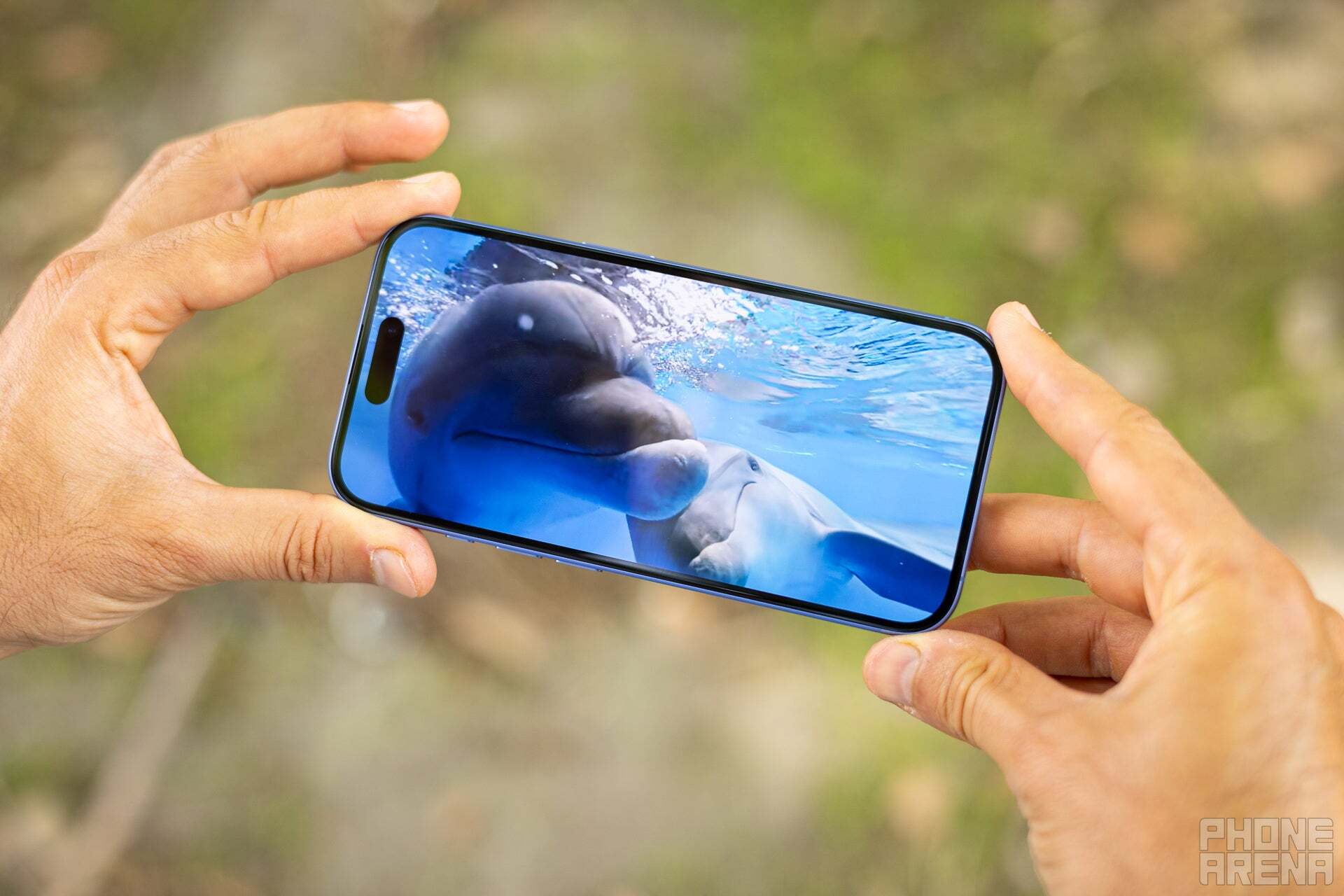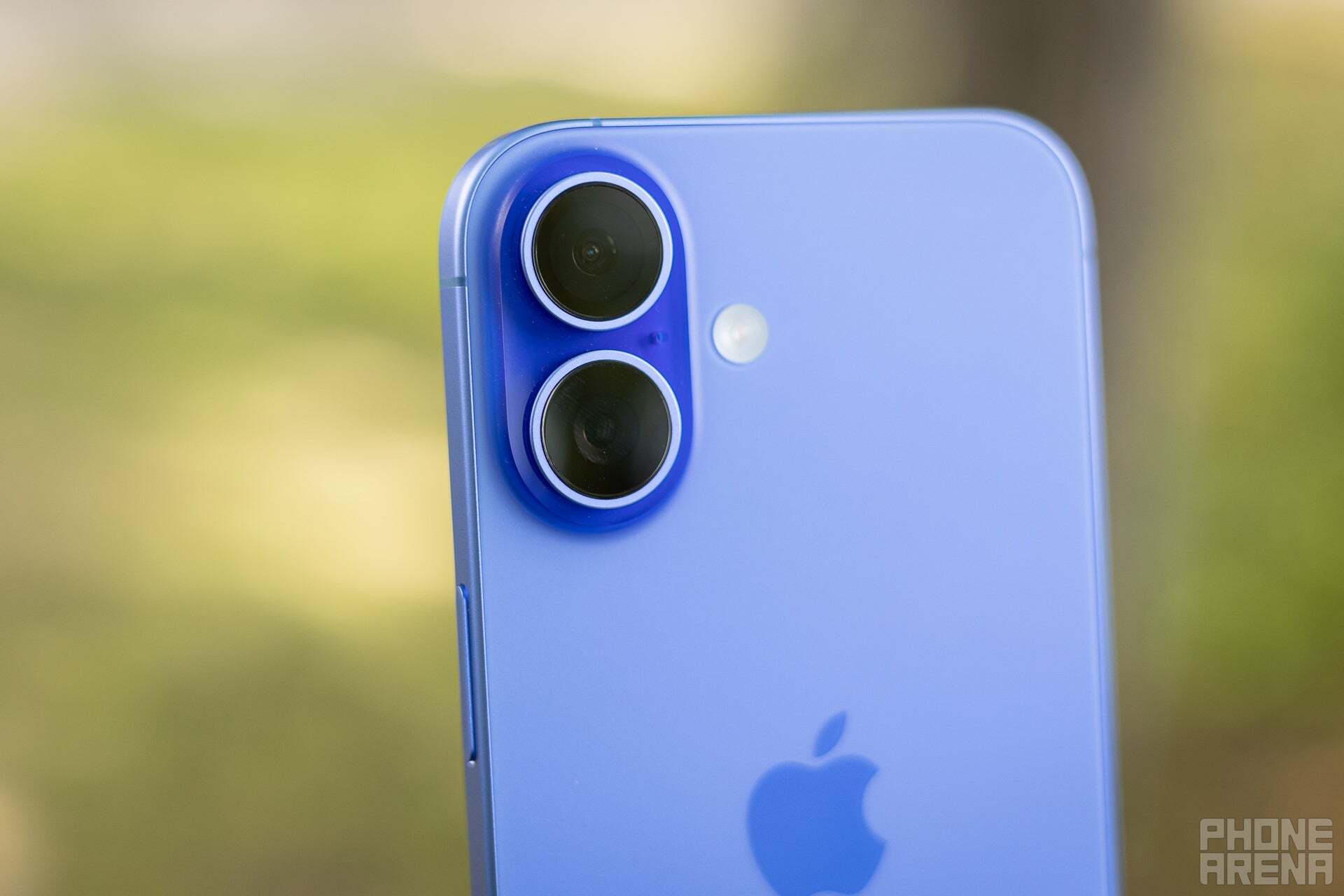That’s primarily due to two reasons:
- Mobile technology has advanced so much in the past 20 years, we can’t expect it to produce x2 growth results every other day
- The annual release cycle doesn’t give engineers and visionaries enough time to come up with something to stun us
Generally speaking, we have brighter screens, (far) more impressive cameras, faster chipsets, a ton of sensors and useful features, AI (you can take that one as a joke… or not), better batteries and more to be happy about.However, the magic is kind of gone: no more groundbreaking stuff is getting announced by the hour. The fact that we’re more excited with enjoyable small upgrades is just another proof that the mobile tech world can be sluggish at times.
If you don’t have any super special tasks to perform on your phone, you’re perfectly fine with a flagship – or a mid-ranger, for that matter – from recent years. I’m leaving out budget phones on purpose, since those can disappoint you with an abysmal battery life after several years of use.
Back to our “Phones from 2025 are not that great” little drama, though.
Innovations do happen, but – strangely enough (or quite the opposite) – it’s not the major brands here in the West there that are leading the way. For example, it was Huawei that released the world’s tri-folding smartphone, the Mate XT Ultimate. Meanwhile, Honor, Oppo, OnePlus and RealMe are planning to launch a handset with an 8,000 mAh battery in the (very) near future. Phones with 1-inch camera sensors have been coming out of the Far East for years now… and the list goes on.
And among the phones that lose the magic fastest, nobody does it quite like the iPhone, in my opinion.
Do you want to know who’s responsible for that? Have you ever heard, by any chance, the name of Tim Cook?
But first, let me tell you about how and why the iPhone doesn’t look as appealing to me anymore.
What do I get for my money?

Image credit – PhoneArena
Putting aside my preference for Android (which is not a valid reason not to like the iPhone anyway), I just don’t see the Steve Jobs creation as “premium” anymore.
This surely sounds like an incredibly two-faced statement by someone who has rocked the cheap and cheerful Google Pixel 3a (that’s yours truly), right? However, I bought Pixel 3a precisely because I needed a capable mid-range device and didn’t feel like breaking the bank.
With the iPhone, there is no such thing as a “cheap and cheerful” option – yes, there are used iPhones one can get in excellent condition, but they are still expensive. What’s more, in Europe, where I’m located right now, the iPhone is so much more expensive than those sold in the US.
So, the iPhone is expensive – I don’t object to that per se, but only if that means I’m getting a truly premium product. Without naming names, I can tell you that I can get a super fancy Android flagship by some exotic brand for ~$700. Maybe it won’t come with the latest Snapdragon 8 Elite chipset, but its predecessor, the Snapdragon 8 Gen 3 is nonetheless amazing as well. This alleged (and very real) Android flagship is going to have a huge battery, a stunning quad rear camera setup, a mind-blowing display that’s both bright and beautiful to look at (yes, a 120Hz refresh rate and up), fast charging capabilities that leave the iPhone in the dust and more.
In other words, the iPhone just doesn’t look like a great bang-for-the-buck option to me anymore – once upon a time, it was an extremely posh and fancy device, especially the Pro models that I drooled after in secret.
It’s perfectly OK to get an iPhone, though, don’t get triggered: if you happen to be invested in Apple’s ecosystem and you have lots of peripheral Cupertino devices (smartwatch, earbuds, laptop, tablet), it makes total sense to stay in the kingdom of the iPhone.
There’s more to that

Image credit – PhoneArena
It’s not just my subjective preference at play here.
The recent Apple Intelligence fiasco is not the end of the world for Tim Cook and co. (as I’ve mentioned before), since smartphone users are not that crazy about AI for now. But it’s a clear sign that Apple can’t get its act together – not just by delaying something the company itself announced, but also with the way it was murmured to the public some weeks ago.
Then, there’s the Apple stubbornness to limit the “vanilla” iPhone models with a screen with just 60Hz refresh rate – I know, I know: the iPhone is a pleasure to look at as it is, but it’s 2025, for crying out loud. Please, Apple, keep up the pace with your rivals. Maybe the iPhone 17 will surprise us in a good way? We’ll see about that.
Also, the fact that it takes forever to charge an iPhone also doesn’t sit well with me. These days, anything below 60W speeds is considered as too long of a period; yup, I’m spoiled by the 80W–100W charging speeds that other brands offer. Wipe that smile off your face, Samsung, I’m not talking about you.
Speaking of Samsung, the aforementioned applies to the Galaxy phones as well – I’d go with the cheaper OnePlus 12 over the Galaxy Ultra in a heartbeat, for example.
It’s notable that the two giants will once again meet in the octagon soon. In 2025, the iPhone 17 Air and the Galaxy S25 Edge will be unveiled – two super thin champions for those who value sleek devices above all.
Samsung’s Galaxy S25 Edge might be headed for a disaster, as our very own Victor noted not so long ago:
The Air model, on the other hand, seems like it’s going to be the thinner device, which just might win it the prize.
Where is Apple’s energy focused on?

Image credit – PhoneArena
As CEO, Tim Cook is ultimately the one steering the ship. While the team beneath him plays a big role in delivering results, the broader direction still rests on his shoulders. And lately, it seems like his attention may be drifting elsewhere.
There’s increasing talk about Apple placing major emphasis on developing smart AR glasses – possibly aiming to outpace Meta in the wearable tech race. With the Vision Pro falling somewhat short of mainstream expectations (possibly due to its $3,499 price tag), Apple might be treating it as a stepping stone rather than the final product. The bigger play could very well be a more accessible, everyday AR device.It’s hard to say exactly when this shift in focus began, but it could explain why the iPhone 16 update didn’t deliver as much as some had hoped. Delays in Apple Intelligence and the revamped Siri might also be part of this broader reorientation toward the future.
Well, I sure hope that the AR glasses are worth it.
The irony is that this new Apple product is really good – and I mean excellent – this might be the beginning of the end for the smartphone.












